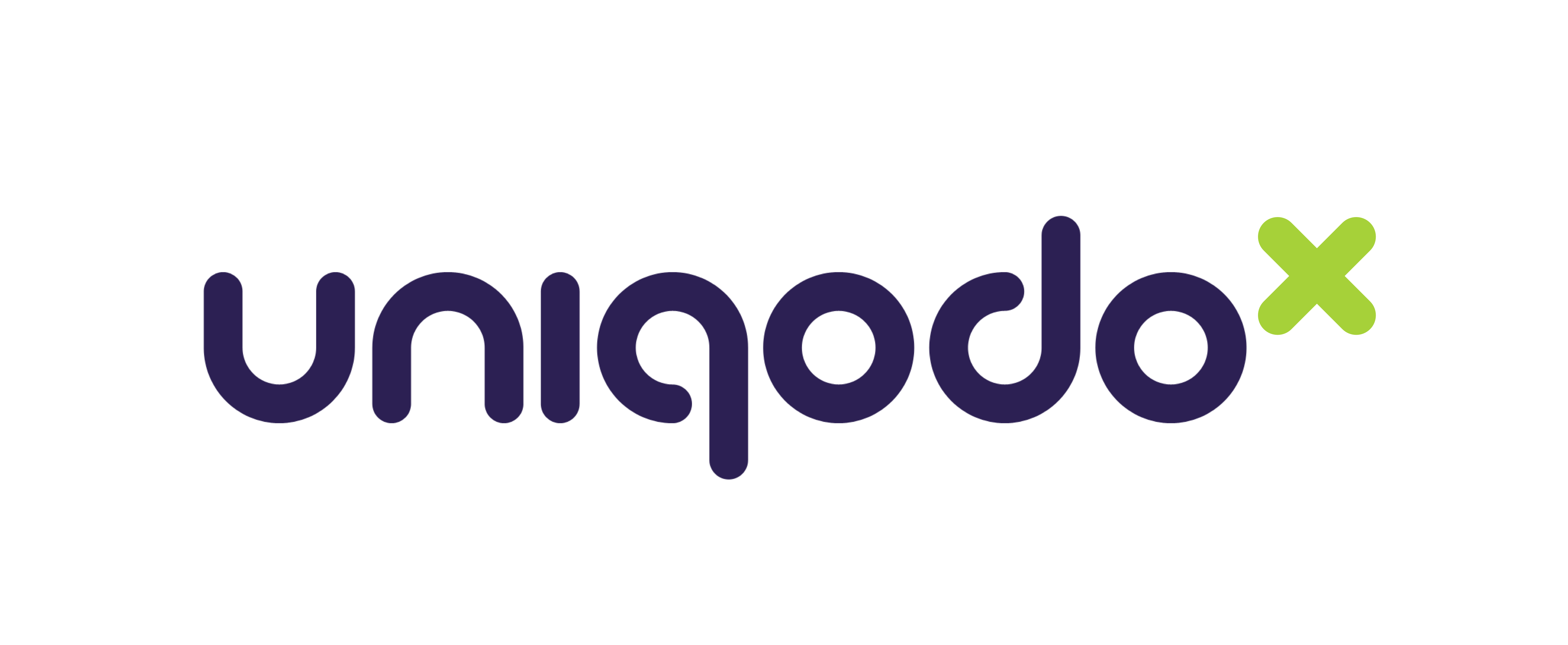We’ve all experienced it. You land on a website, you’re about to browse the menu - and before you’ve even seen a product, a box appears: “Sign up today for 10% off.”
The intent behind it is fair. You want to welcome new visitors, encourage a first purchase, and grow your email list. But here’s the catch: when it appears too soon, it can do more harm than good.
The Flow Disrupter
That first moment on a site is when curiosity kicks in. Users are exploring, forming their first impression, and deciding whether your brand feels right for them. Interrupting that moment with an overlay can break their flow and shift focus away from your products.
Instead of feeling welcomed, they’re suddenly faced with a decision they weren’t ready to make. Most users don’t read, they react. And that quick “close” click can come with a bit of frustration attached.
The Trust Gap
There’s also a subtle trust impact. Asking for an email before you’ve had the chance to show any value can feel a little premature. Users may wonder:
-
“Do I even know if I want to hear from you yet?”
-
“What will you send me?”
-
“Is this going to clutter my inbox?”
It’s not that they don’t want to engage, they just want to understand you first. The reciprocity principle applies here: give value, then ask for something in return. When that order’s reversed, it can create hesitation.
Why This Matters
Beyond being momentarily annoying, early pop-ups can have a quiet but lasting impact. They can increase bounce rates, reduce trust, and make users less likely to engage with future offers.
None of this means overlays don’t work, they absolutely do. It’s about when and how they appear.
A Smarter, More Considered Approach
Overlays perform best when they feel timely, relevant, and helpful. That comes from having flexibility and control over when they trigger, and who they appear to.
For example:
-
Wait until someone’s added an item to their basket
-
Trigger after they’ve shown interest in specific products
-
Or show at the right point in their browsing journey, not the very start
That way, the offer feels like a thank-you, not a distraction.
Flexible trigger rules make it easy to strike that balance, keeping the offer visible and effective, but always within the right context.
The Takeaway
Pop-ups aren’t the problem. Poor timing is. When you use them with intent, guided by customer behaviour rather than guesswork, they become a valuable part of the journey instead of a speed bump in it.
A little patience, paired with smart rules, goes a long way. It means you can still capture attention and grow your list, while keeping the experience calm, considered, and customer-first.
Can’t control your pop-ups with flexible, personalised rules? Get in touch - we can help you fix that.


Subscribe to the Blog